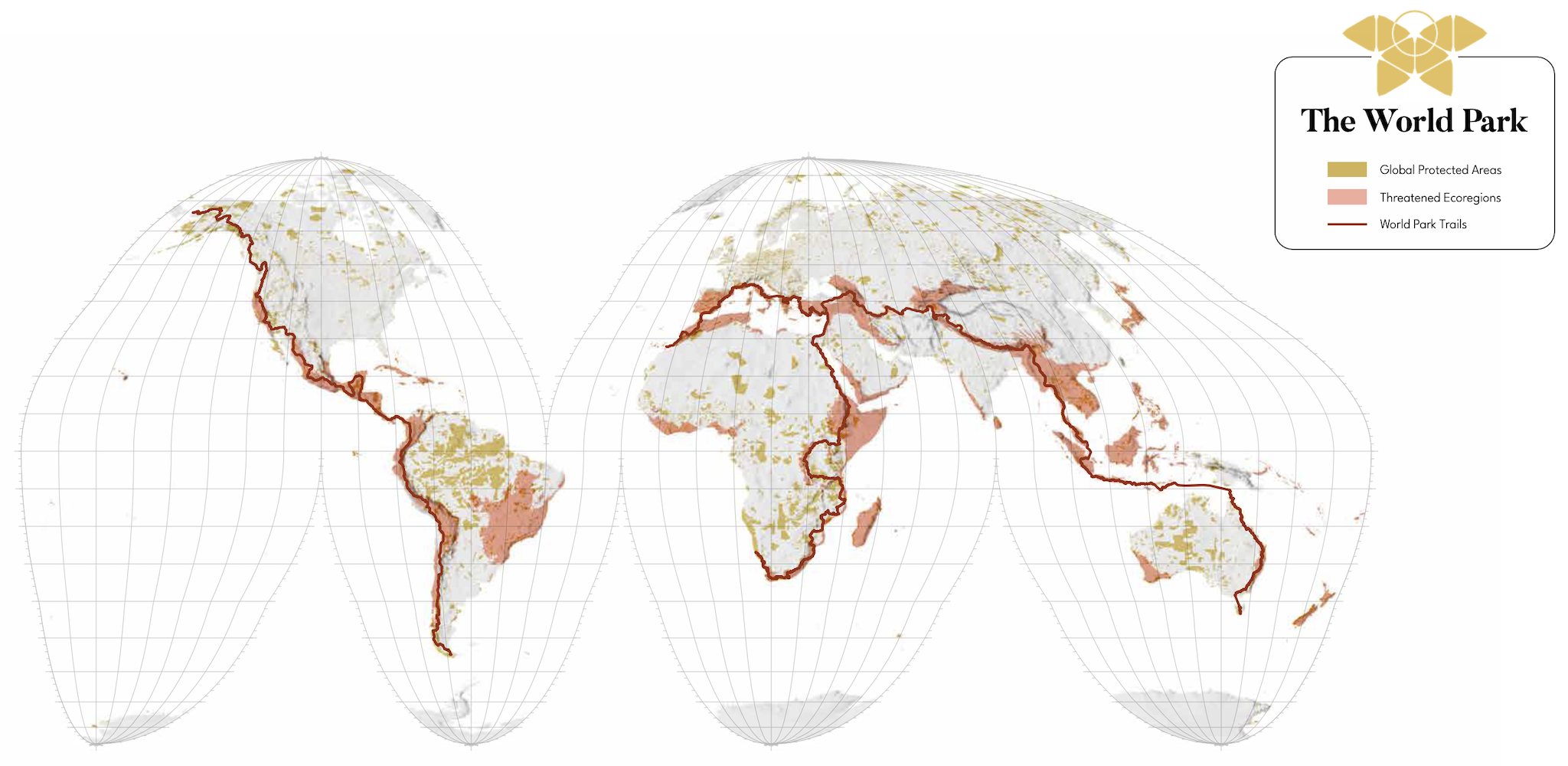A.I. “predator” drones can now spot and track illegal poachers

Poaching takes a brutal toll on the world’s wildlife every year. By the thousands, rhinos are for killed for their horns, elephants for their ivory, and tigers for their bones and exotic pelts. To protect these animals, rangers and conservationists must monitor enormous swaths of land, day and night, looking for poachers who trade on a black market estimated to total $40 billion. It’s impossible to stop every poacher.
New technology could bolster the efforts of conservationists, though, by putting a set of eyes in the sky. Air Shepherd, a conservation group, recently field tested an AI drone system that’s able to automatically detect humans and animals through infrared thermal imaging. The SPOT (Systematic POacher deTector) system, developed by researchers from Carnegie Mellon, the University of Southern California, and Microsoft, can be operated on a common laptop with a wireless internet connection, allowing park rangers to get advanced knowledge of poachers’ movements so they can be intercepted. It could also provide park rangers a heads-up in situations where they’re heading toward a large group of armed poachers.
The researchers trained the system through deep learning, a branch of A.I. that seeks to enable computers to learn and recognize patterns in the world — images of animals and poachers, in this case. First, the SPOT system was shown a series of images in which humans had marked where the animals and humans were. Then, the system used that information to learn about what to look for on its mission.
A paper published by the researchers in November, 2017 describes the deep-learning process in greater detail.
Currently, drones are used in anti-poaching efforts. However, the current technology requires a human to continuously monitor a screen, often throughout an entire night, in search of poachers. This was tedious and often difficult due to the low-resolution quality video stream. The new deep-learning software automates that process, and also requires very little training for operators on the ground.
“Our main goal was to assist Air Shepherd in unmanned autonomous vehicle (UAV) operations and reduce the human effort needed to monitor the UAV cameras at night,” said Fei Fang, an assistant professor at the Institute for Software Research at Carnegie Mellon University in Pittsburgh. “In the future, we also want to automatically adjust the flight route of the UAV to automatically track the poachers.”
The SPOT system is set to be implemented on large-scale basis in a national park in Botswana. It could also have many applications outside of conservation.
“This whole framework will be useful for security surveillance at nighttime in an industrial park or any areas that need any security surveillance,” Fang said.
The researchers note that their work was supported by UCAR N00173-16-2-C903, primary sponsor Naval Research Laboratory (Z17-19598). It was partially supported by the Harvard Center for Research on Computation and Society Fellowship and the Viterbi School of Engineering Ph.D. Merit Top-Off Fellowship.





